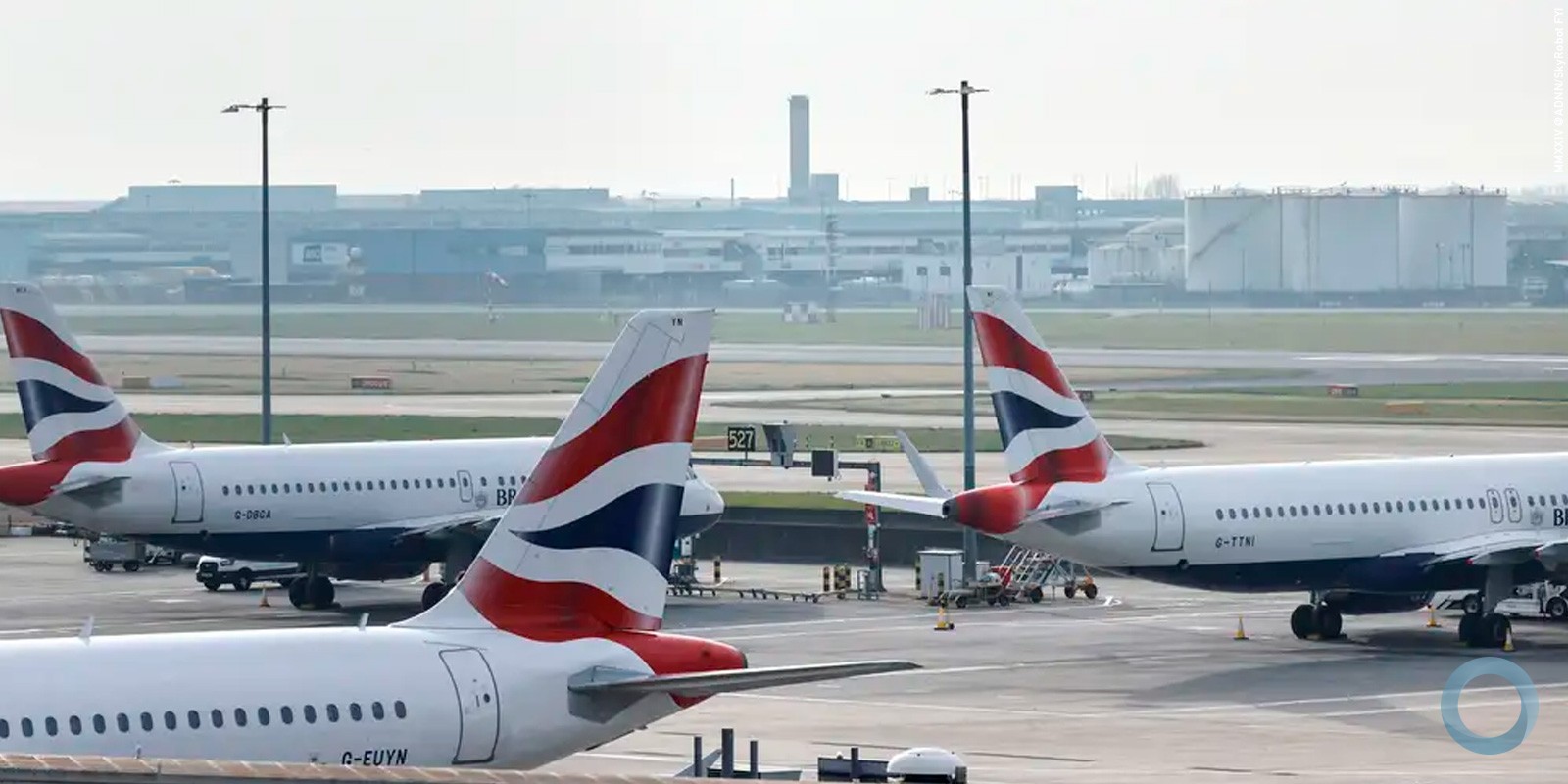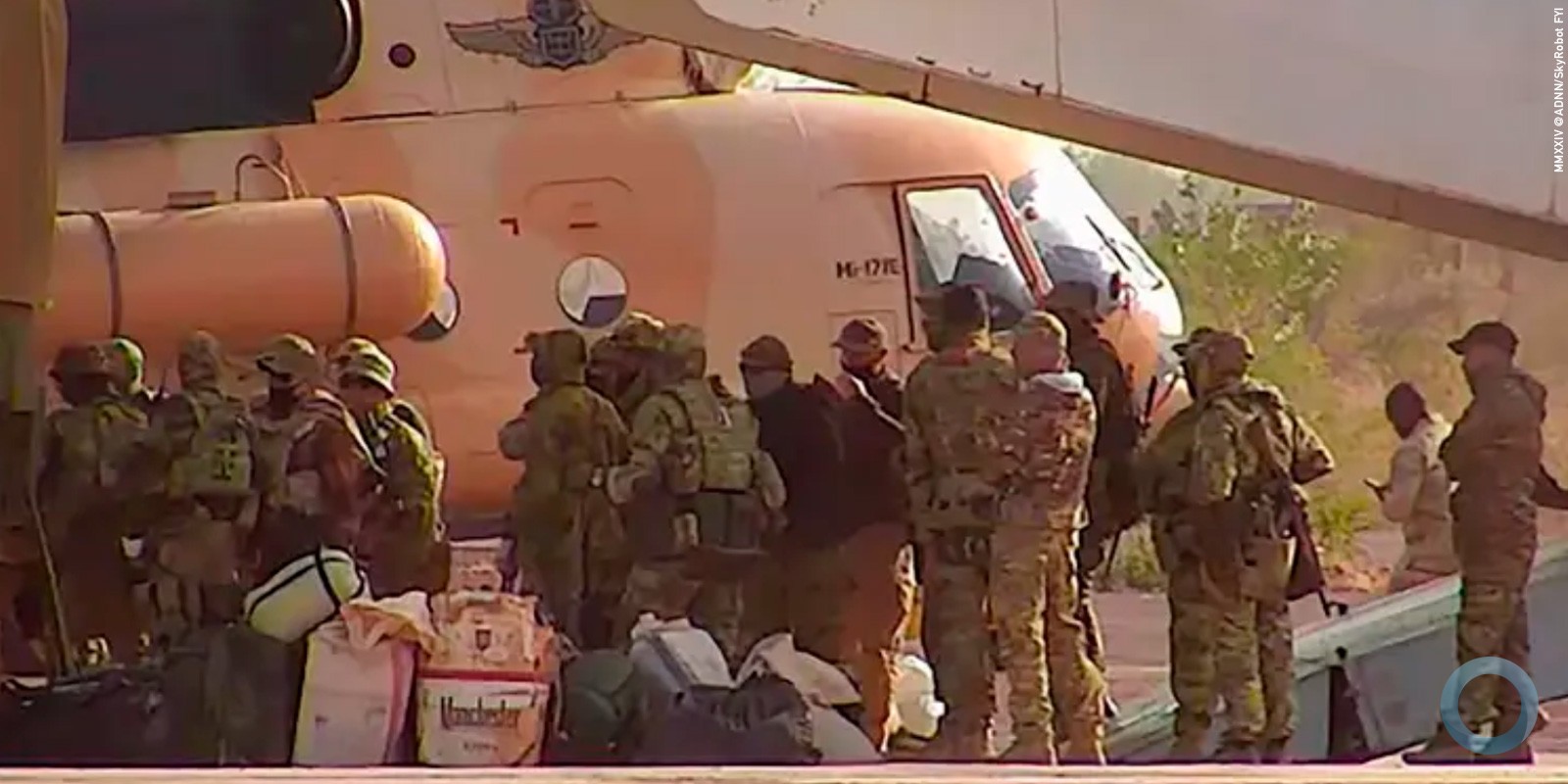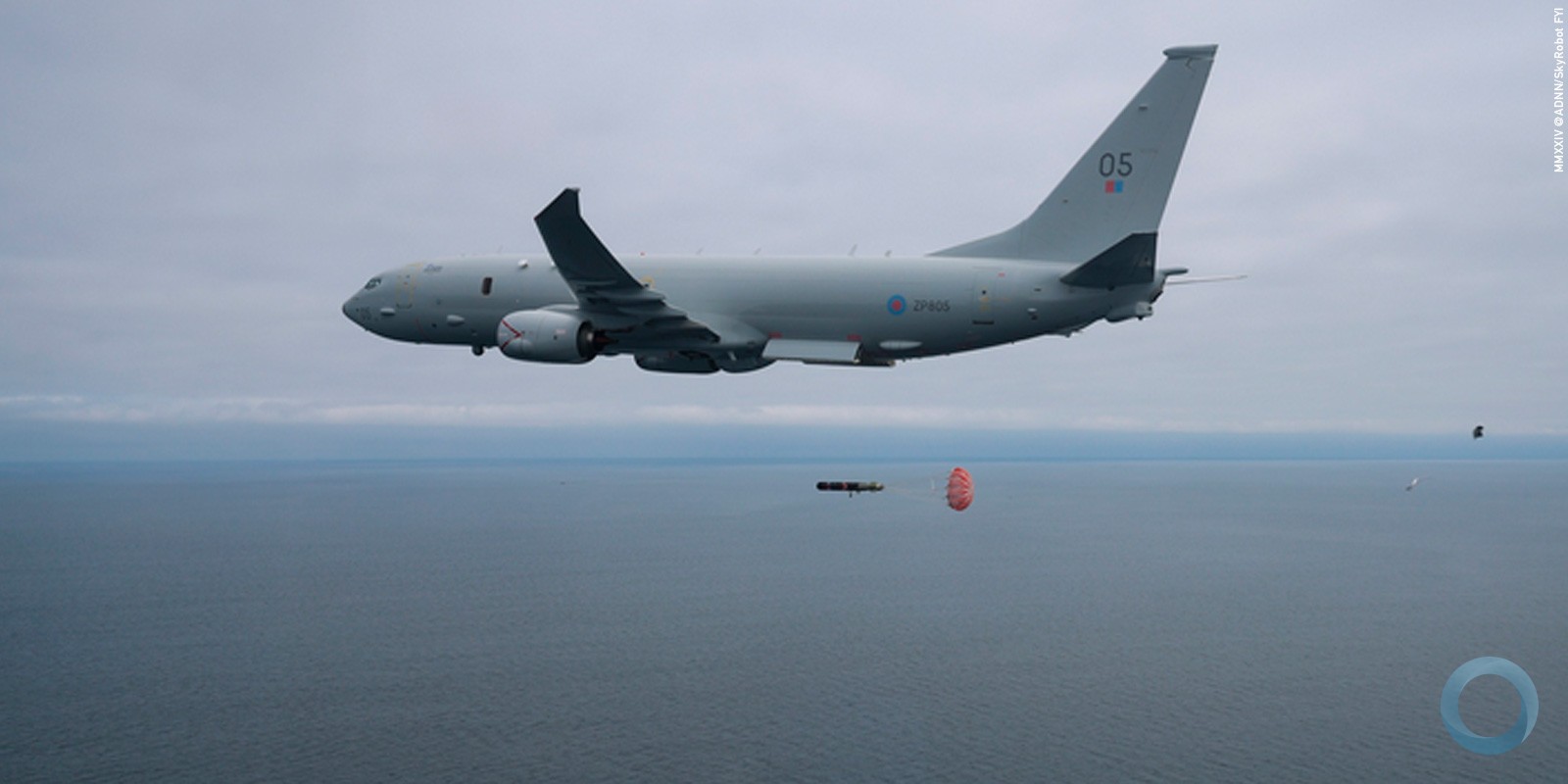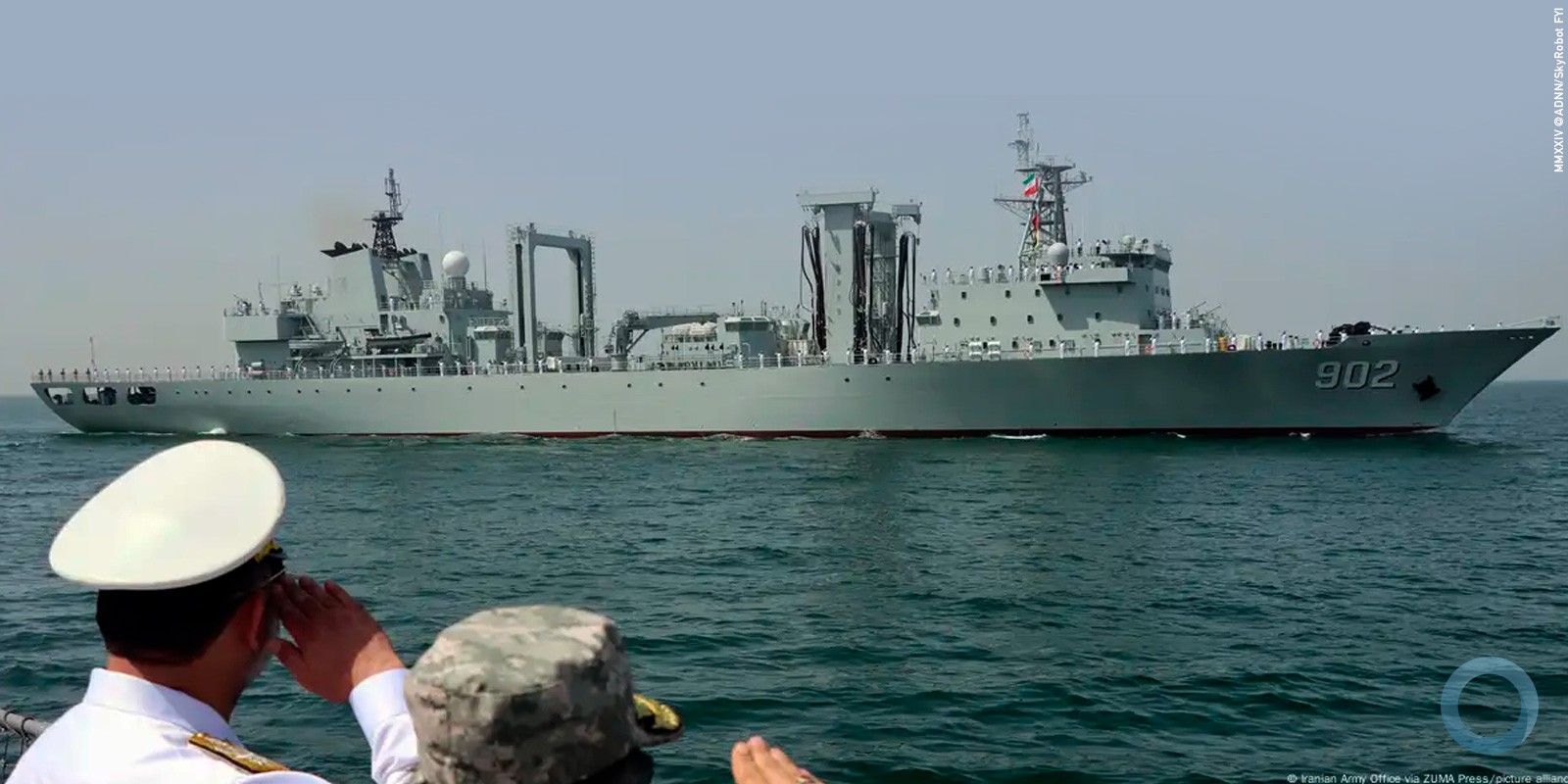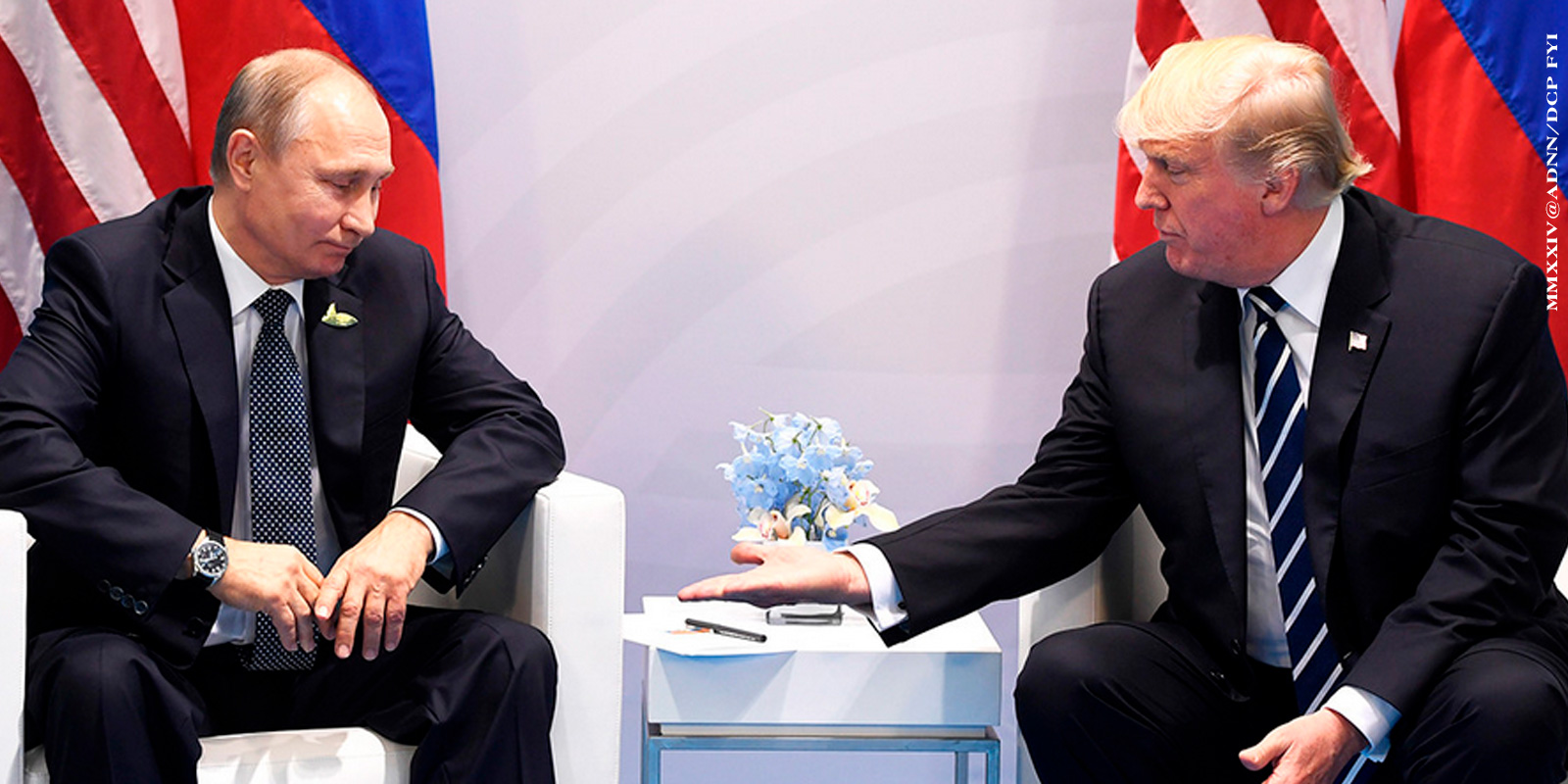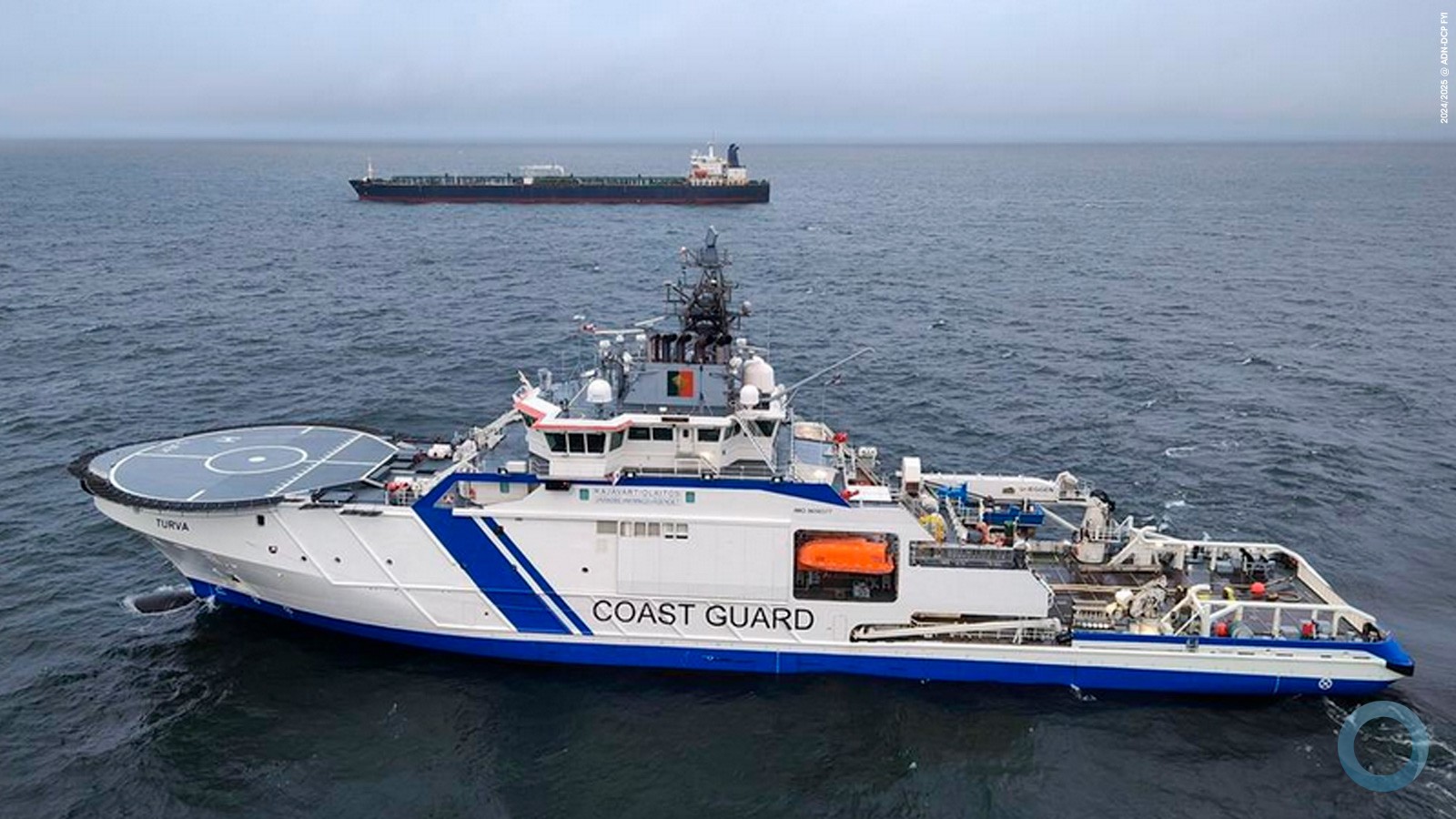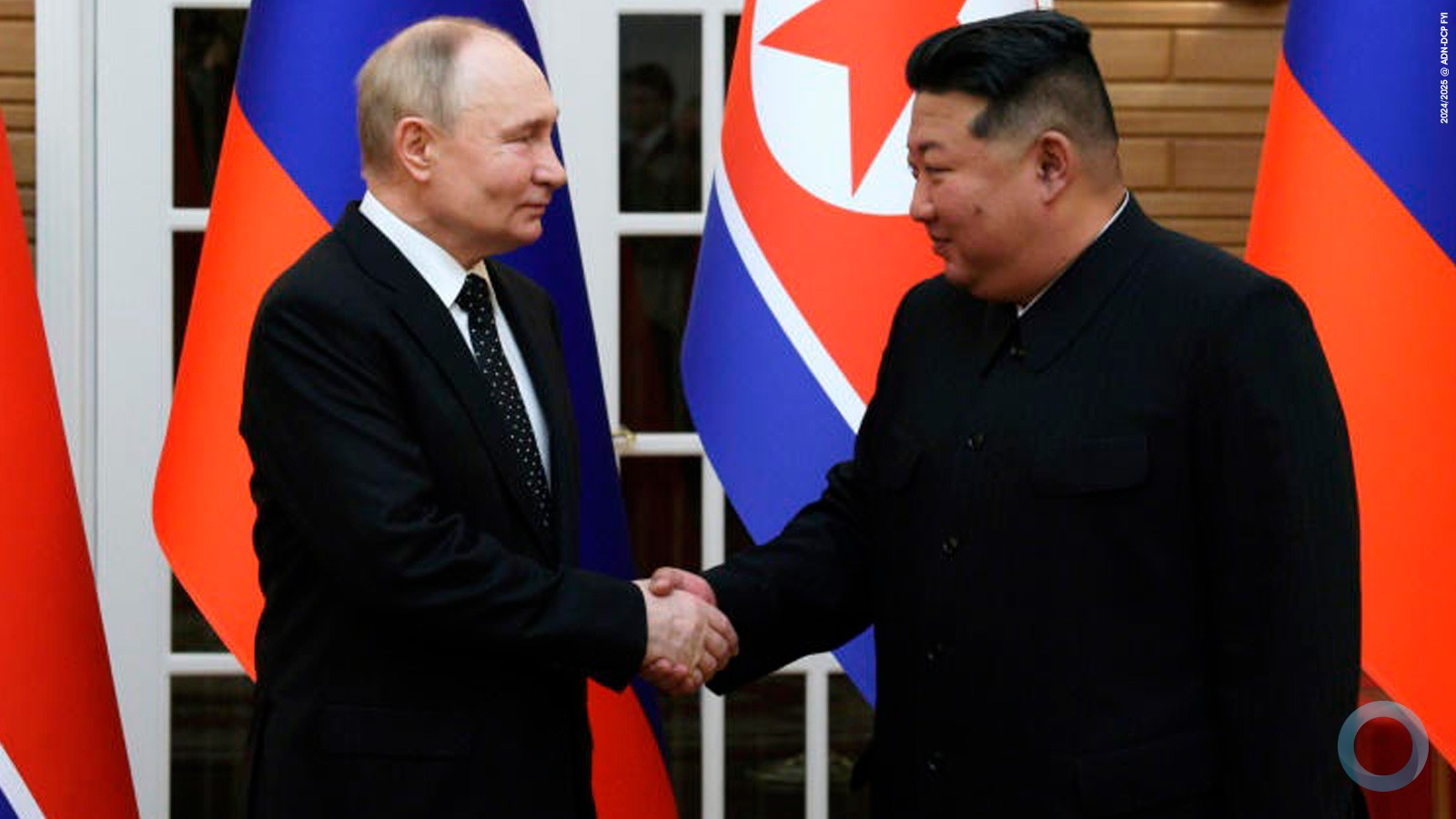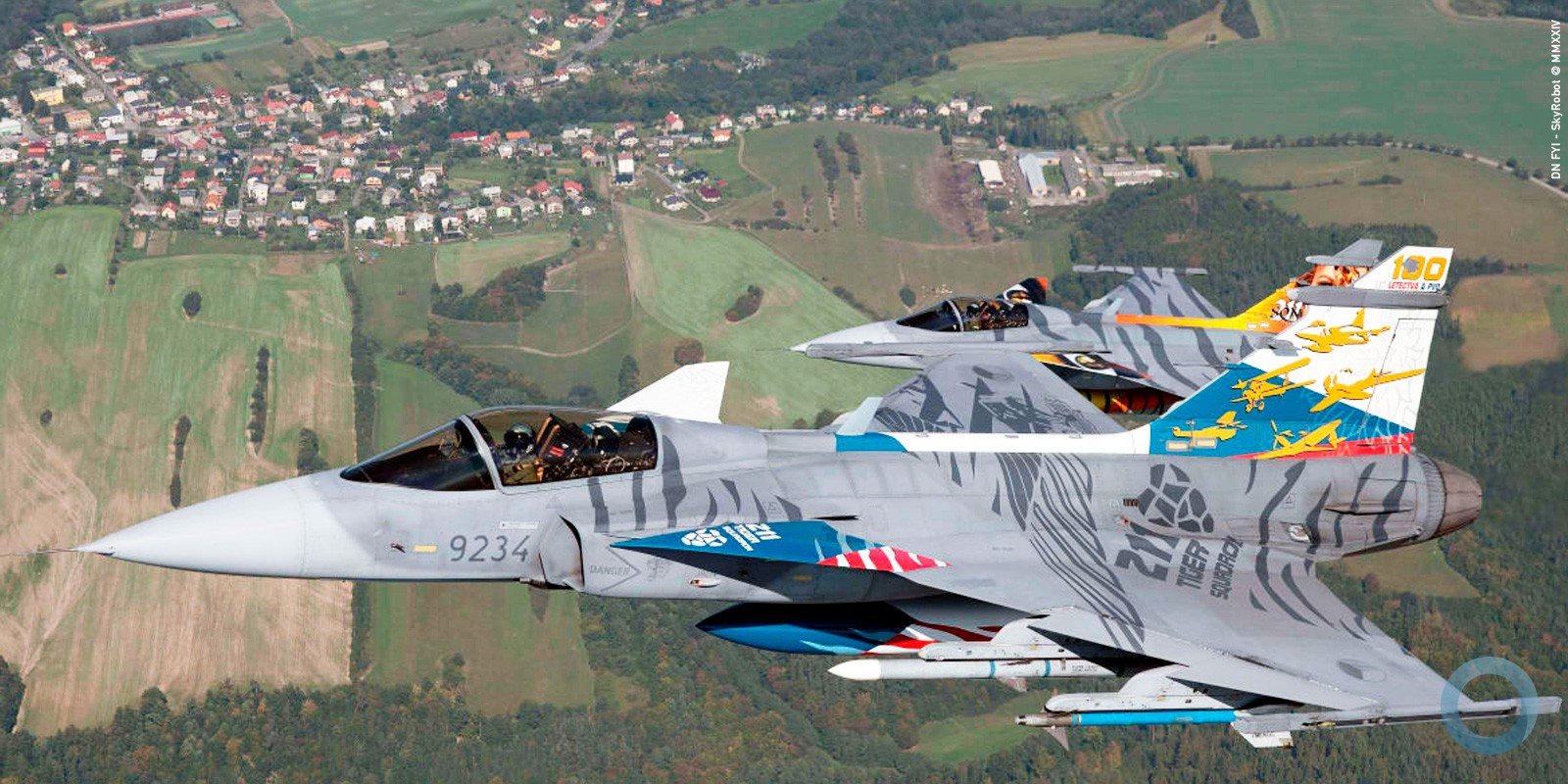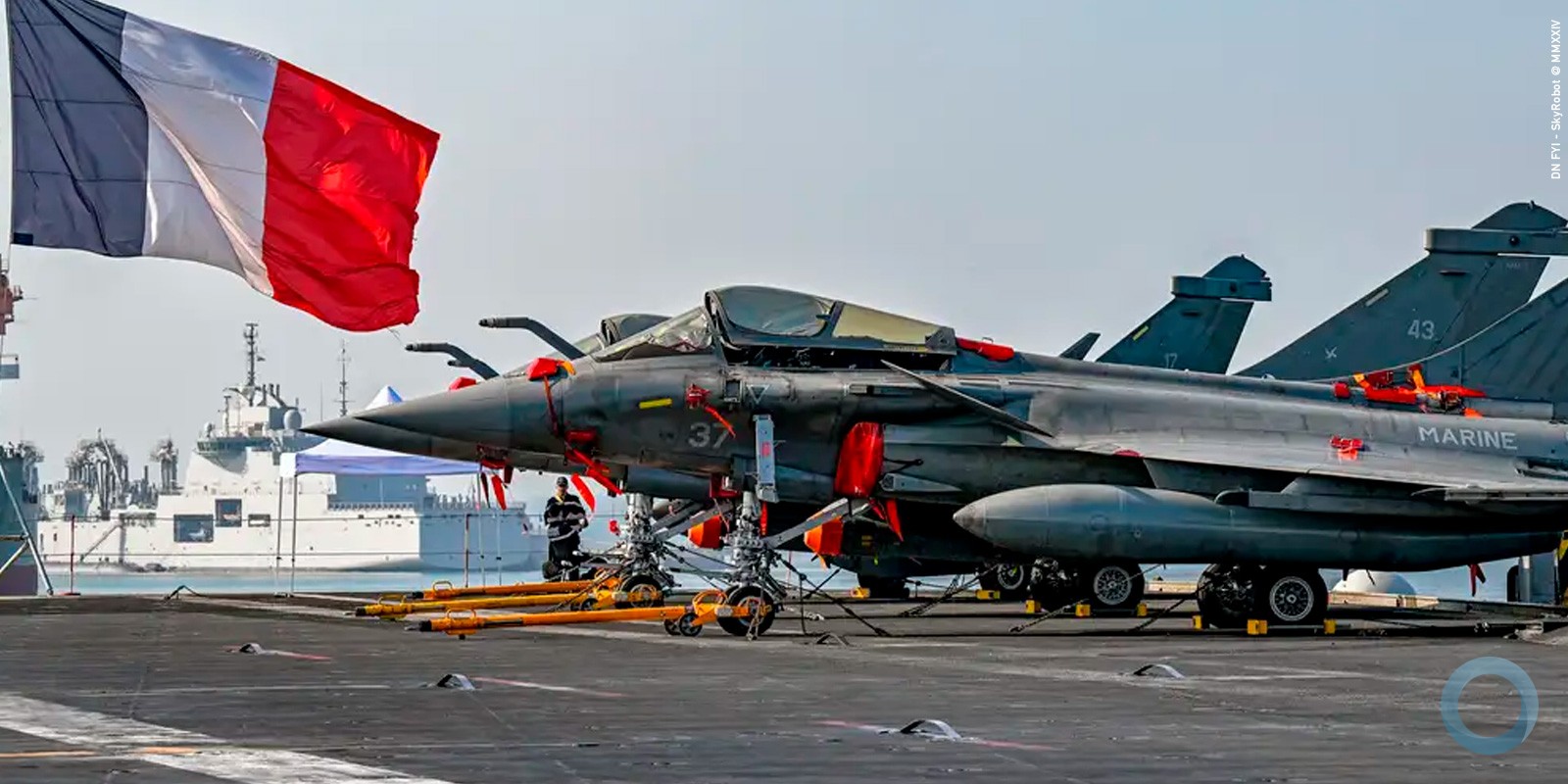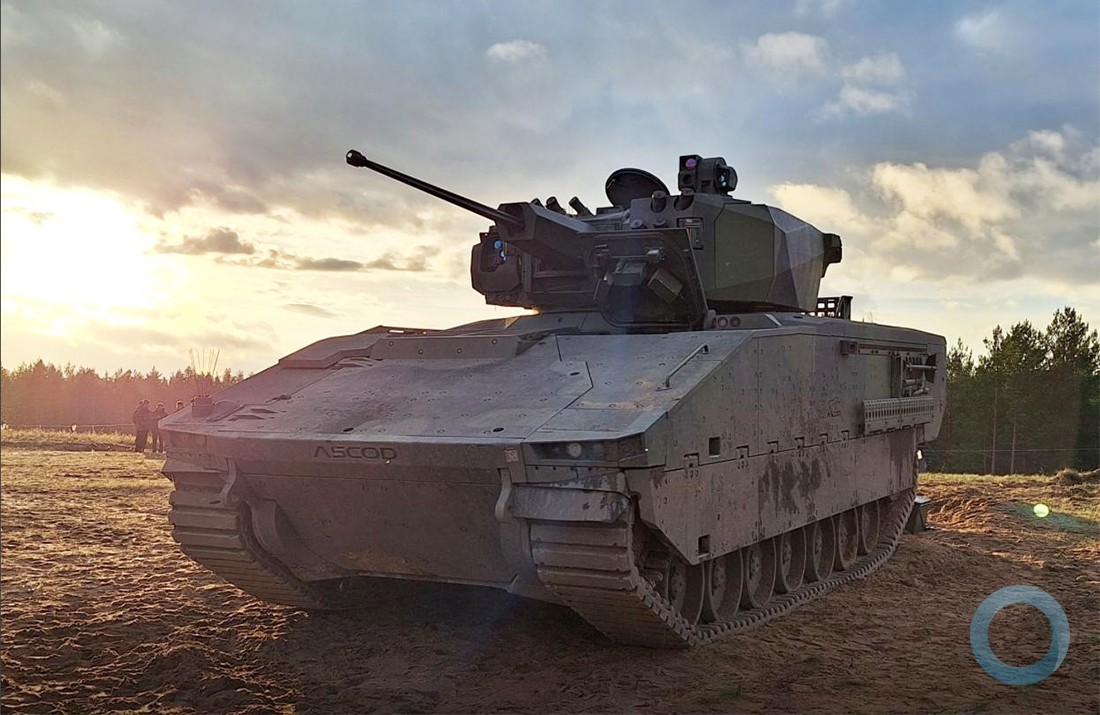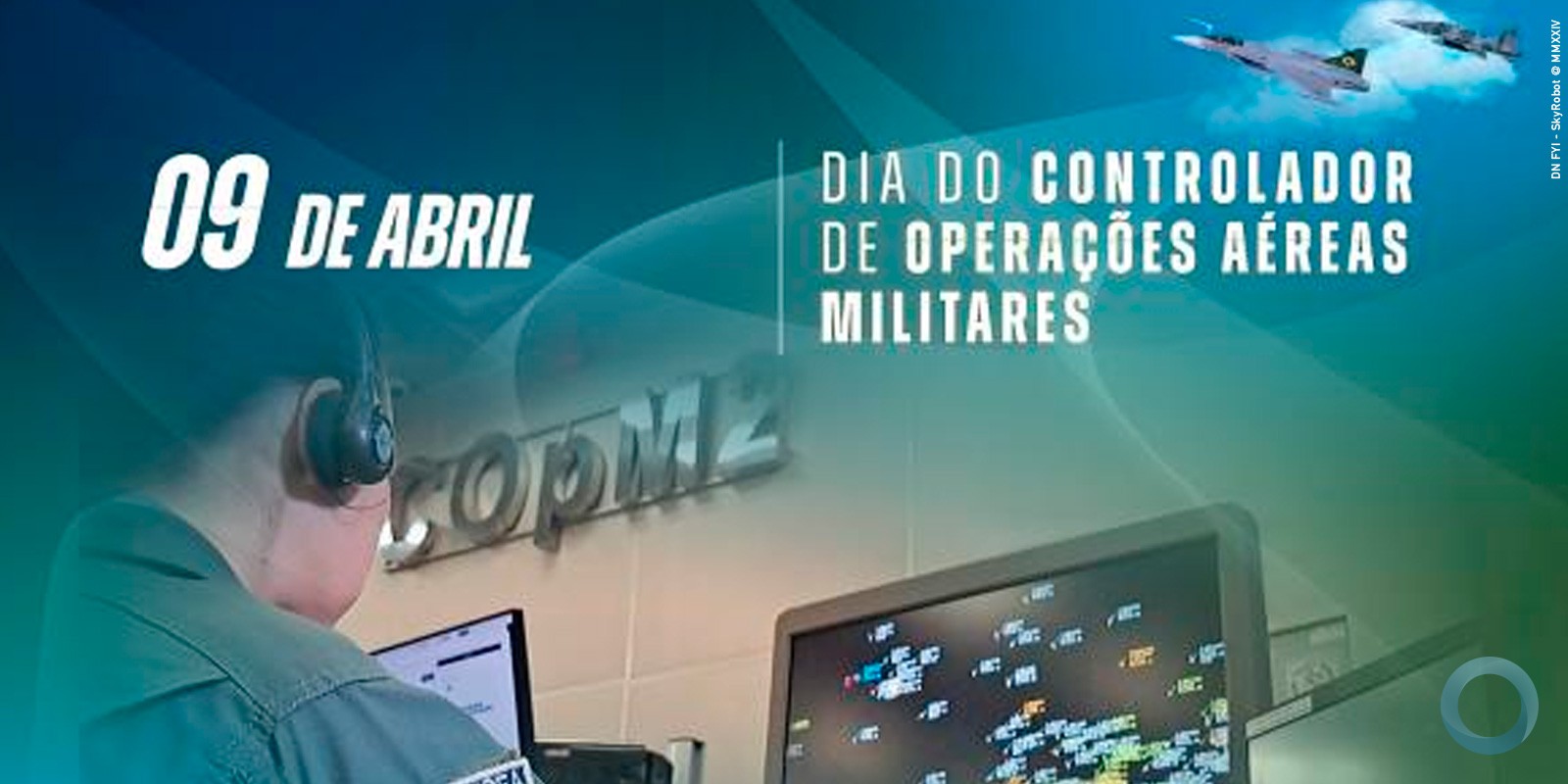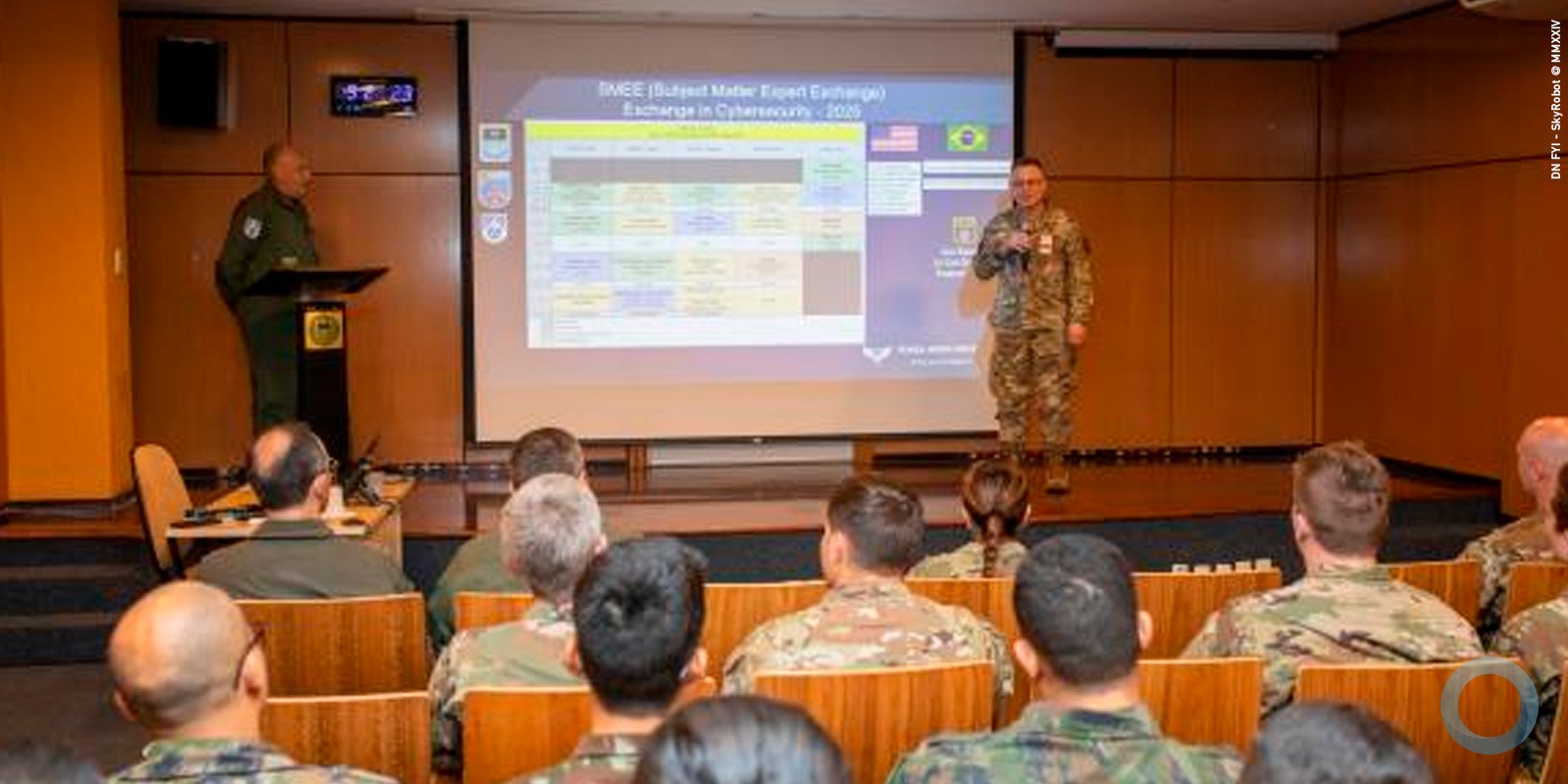In the courtyard of an apartment building in the town of Gori in ex-Soviet Georgia is a clue to whether Russia's air strikes on targets in Syria are as accurate as the Kremlin would like the rest of the world to believe.
Fashioned out of fragments of ordnance is a makeshift shrine to the five residents killed during the Russian-Georgian war in August 2008 when a Russian air force jet, which Georgian defense officials believe was aiming for a nearby tank regiment, missed and hit the apartment building instead.
"So, can we say that their strikes were accurate? I don’t think so,” said Gori resident Avtandil Makharadze as he stood in front of the now-rebuilt apartment block.
Until Russia launched its military operation in Syria last month, the war in Georgia was the last time its air force had conducted air strikes in combat.
There are differences between the two campaigns. Russia's military has undergone major modernization since the Georgian war. Unlike in Georgia, in Syria there are no anti-aircraft missiles shooting at Russian jets, which allows them to take their time lining up their targets.
But there are similarities too, so the performance of Russian aviation in the Georgia conflict could shed light on the operation in Syria, where making an independent assessment of the Russian strikes on the ground is impossible.
In particular, despite the advent of precision guided weapons in Russia's arsenal, the majority of the munitions being launched in Syria are still the "dumb bombs" which in Georgia contributed to the off-target strikes.
Russia's defense ministry did not respond to a request for comment on the accuracy of its strikes in Syria.
In public statements, it has said it does everything possible to ensure accurate strikes and to prevent civilians being hurt, including never striking targets in populated areas and acting only on confirmed intelligence. It has denied media reports that its strikes inflicted civilian casualties.
MISFIRES
Batu Kutelia, who at the time of the 2008 conflict was Georgia's deputy defense minister, said 50 percent of Russian air strikes in Georgia missed their targets and 40 percent of the bombs dropped did not explode. Those figures could not be independently verified.
“The Russian army is an heir to the Soviet army and accuracy of strikes was never a priority for it," Kutelia said in an interview.
Apart from the apartment incident, misfires cited by Georgian officials included strikes on a hospital in Gori and the town's central square, the bombing of a coast guard office in the port of Poti, and a strike near the spa resort of Borjomi, burning down hundreds of hectares (acres) of forest.
On Aug. 12, 2008 a white armored vehicle containing a team of Reuters journalists was perforated with shrapnel from a cluster bomb dropped from the air in Gori. Georgian aircraft were grounded, so could not have dropped it.
There are no reliable figures for how many civilians were killed in air strikes in the Georgia war.
Other militaries also kill civilians with misdirected air strikes. This happened multiple times in NATO and U.S. air campaigns in Iraq, Afghanistan, Yemen, Libya and Kosovo.
Just this month a U.S. air strike on a hospital in the Afghan city of Kunduz killed at least 23 people, according to the charity running the hospital.
In Georgia, Russian strikes were often on target, helping its military quickly overwhelm the Georgian armed forces. In one example, a strike on a radar station near the capital, Tbilisi, significantly reduced Georgia's air defense capability.
SOVIET MAPS
Interviews with Georgian security officials, and studies by Western military experts, point to three main reasons for the Russian air force's struggles with accurate bombing.
The first was that it failed to quickly neutralize Georgia's anti-aircraft capability. After a Georgian missile battery shot down a Tu-22 jet, other pilots were forced to fly higher and faster to avoid being hit too, reducing accuracy.
This is not a factor in Syria because militants do not have weapons able to bring down a jet aircraft.
The second shortcoming was intelligence.
Kutelia, the ex-deputy defense minister, said Russia's air force staff was mainly using Soviet-era maps to plan where to strike, because it lacked more up-to-date intelligence.
"Many military objects on those maps were not in use in 2008, that’s also why many of their air strikes were not accurate," he said.
According to a 2011 study by the Strategic Studies Institute, the U.S. military's think tank, Russia bombed a Soviet-era military airfield at Vaziani, near Tbilisi, even though it had not been used for military flights since the collapse of the Soviet Union.
At the same time, Russian aircraft neglected to attack a new Georgian military base on the outskirts of Gori, the report said, and it was not taken out of action until Russian ground forces arrived.
In Syria, Russian officials say they use reconnaissance drones and satellite imagery to assess targets, and that their allies in the Syrian army are sharing intelligence on targets.
PRECISION MUNITIONS
The third problem that beset Russia's air force in Georgia was its reliance on unguided munitions, something it is still grappling with in Syria, seven years later.
In its air campaign over Georgia Russia used, primarily, Su-24 and Su-25 attack aircraft. Those types have been in operation since the Soviet period.
They fired only unguided munitions. This was mainly because the global positioning system, which can be used to guide munitions to their target, was being jammed, while the rival Russian version, called GLONASS, was not then ready for use.
For Syria, GLONASS is up and running, and the air force has been using Su-34 attack aircraft, in operation since 2014, equipped to launch KAB guided bombs. Russia has also deployed Kalibr ship-launched cruise missiles fired from the Caspian sea.
Yet it is using the new kit only sparingly. The Kalibr strikes were few and short-lived; the military has not reported them being used since Oct. 8.
No more than four of the combat aircraft in Syria are the new Su-34 jets with guided munitions, according to Alexander Golts, a defense columnist and deputy editor of online newspaper Yezhednevny Zhurnal.
That is a small proportion of the more than 50 combat jets and helicopters Russia says it has in Syria. The bulk of the sorties are flown by Su-24 and Su-25 jets, which for the most part are armed with unguided munitions.
“The major advantage of guided ordnance is that you’re far more likely to hit your target," said Nick de Larrinaga, Europe and CIS Editor for IHS Aerospace, Defence and Security, a consultancy.
"The disadvantage of them is that they’re far more expensive than unguided bombs.”







